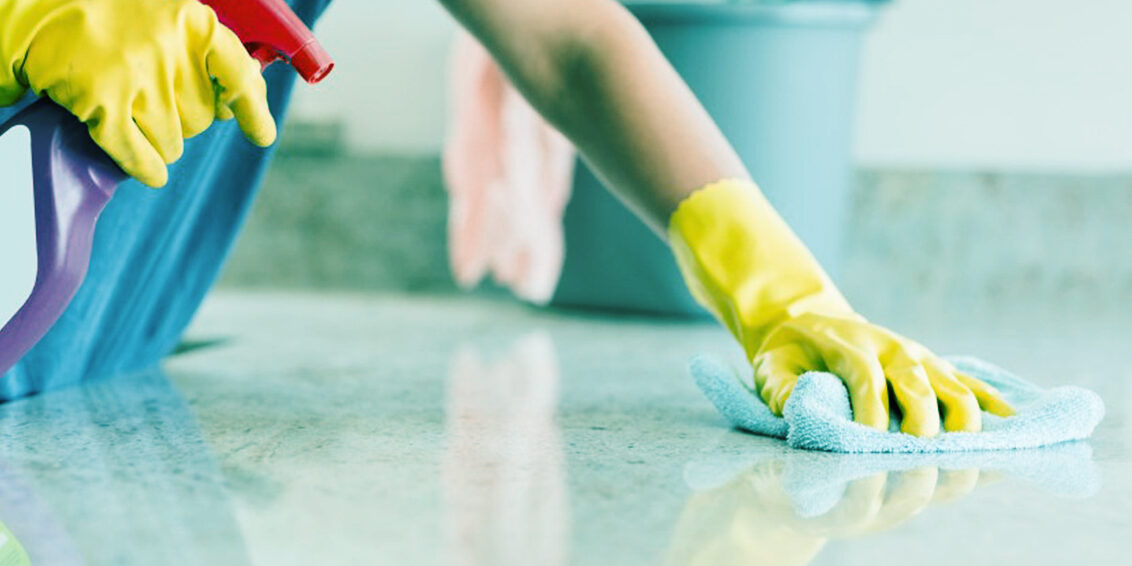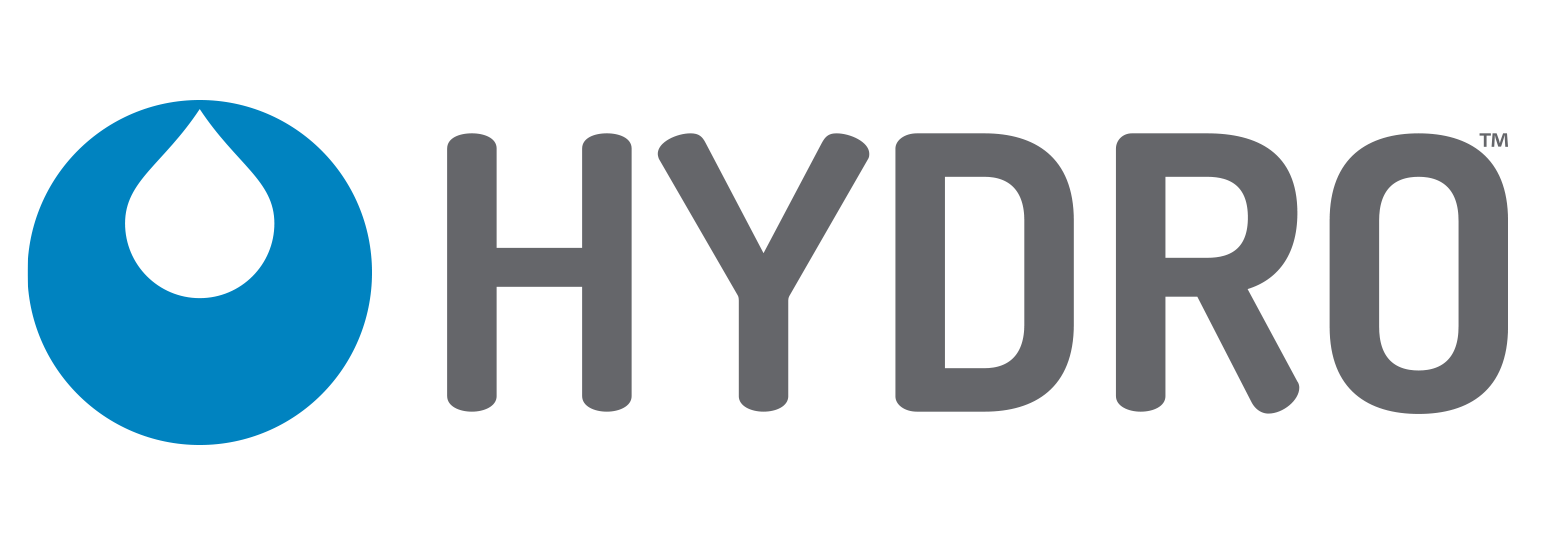Site translations now available in Spanish and German
Spring Cleaning Checklist to Drive Success

Serge’s Sentiments
When the snow melts and the flowers bloom, it’s a sign that spring cleaning is just around the corner. It’s estimated that 76 percent of households take part in spring cleaning every year. But what about commercial facilities? According to a recent study, the average American spends 90,000 hours at work over their lifetime, and if that time is spent in a disorganized, dirty workspace, it could potentially impact morale, productivity and even health.
It’s crucial for facility managers, building service contractors and custodial teams to keep buildings clean and well-cared-for, especially after a long, harsh winter.
Make sure to address the following spaces when conducting spring cleaning this year:
• Floors. Whether you have hard flooring or carpet, floors take a beating during the winter. From salt and sand to snow and rain, employees and guests will track in debris daily, causing dirt and grime to accumulate in-between regular cleanings. To bring floors back to their prime and optimize cleaning performance, make sure you use the proper cleaning chemicals and equipment. Dispensing systems can help properly dilute chemical when filling buckets or autoscrubbers, which leads to cleaner floors, improved productivity and lower chemical and water costs.
• Restrooms. Considering that 94 percent of U.S. adults said they would avoid a business in the future if they encountered a dirty restroom, it’s incredibly important to prioritize restroom cleanliness. While daily cleaning is necessary to keep restrooms in good shape, spring cleaning is a great time to take a closer look at where your restrooms may need extra attention. Are any of the toilets or sinks consistently clogged? Do any soap dispensers need replacing? When was the last time the grout between tiles was cleaned? This is also a good time to assess current cleaning schedules and see if any additional tasks should be added, such as more frequent inventory checks, mopping or sweeping and daily disinfecting.
• Storage closets. It doesn’t take long for storage closets to fill up with old chemicals, dirty mop heads and grimy floors. Take this time to remove any expired products and unused equipment from storage closets to make way for tools that will keep your facility in great condition. If you’re still storing large barrels of chemical and practicing the “glug glug” method, now could be the best time to invest in a closed-loop dispensing system that offers accurate dilution, enhanced safety for workers and better cleaning results with each use.
• Commonly used items. In environments like offices, hospitals and schools, bacteria tend to latch to commonly used items such as telephones, keyboards, desks, door handles, light switches and more. In fact, workplace equipment can be 400 times dirtier than the average toilet seat. To avoid an outbreak and to ensure these environments remain healthy for everyone, increase your disinfecting efforts and address areas that may not be cleaned on a daily basis.
• Vents. Depending on the building’s location, odds are that the air conditioning units were not used very frequently throughout the fall and winter seasons. When indoor air passes through ductwork, it could be blowing dust, mold and potentially bugs into the work environment. Spring is a great reminder to check up on HVAC systems to remove any buildup that could impact indoor air quality.
There are numerous areas within a building that require regular cleaning. However, after the germier fall and winter seasons, spring provides an opportunity to deep clean and reset their cleaning priorities. Not only does a spring cleaning session make facilities sparkle, but deep cleans can often help prevent unexpected maintenance costs and increase customer, occupant and employee satisfaction in these buildings.
Will you participate in spring cleaning this year? Which areas will you prioritize, and which tools will be essential to your success? Connect with me via LinkedIn or at serge.joris@hydrosystemsco.com to discuss your thoughts on this topic.
Serge Joris
President, Hydro Systems
Related Posts
PSG

Cincinnati, OH 45244

Cincinnati, OH 45244
For new product, event and industry updates:
By entering your email you agree to receive marketing messages from PSG Hydro. You may unsubscribe at any time.
Hydro Resources
Hydro Resources
© 2023 PSG All Rights Reserved | A Dover Company | Privacy Policy | Cookies | Terms of Use











